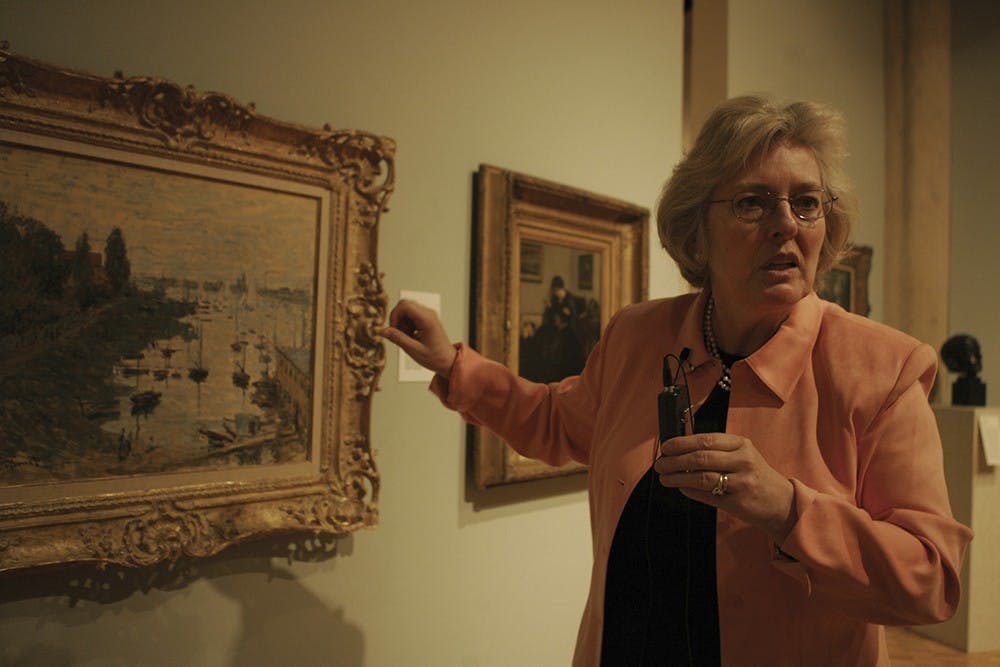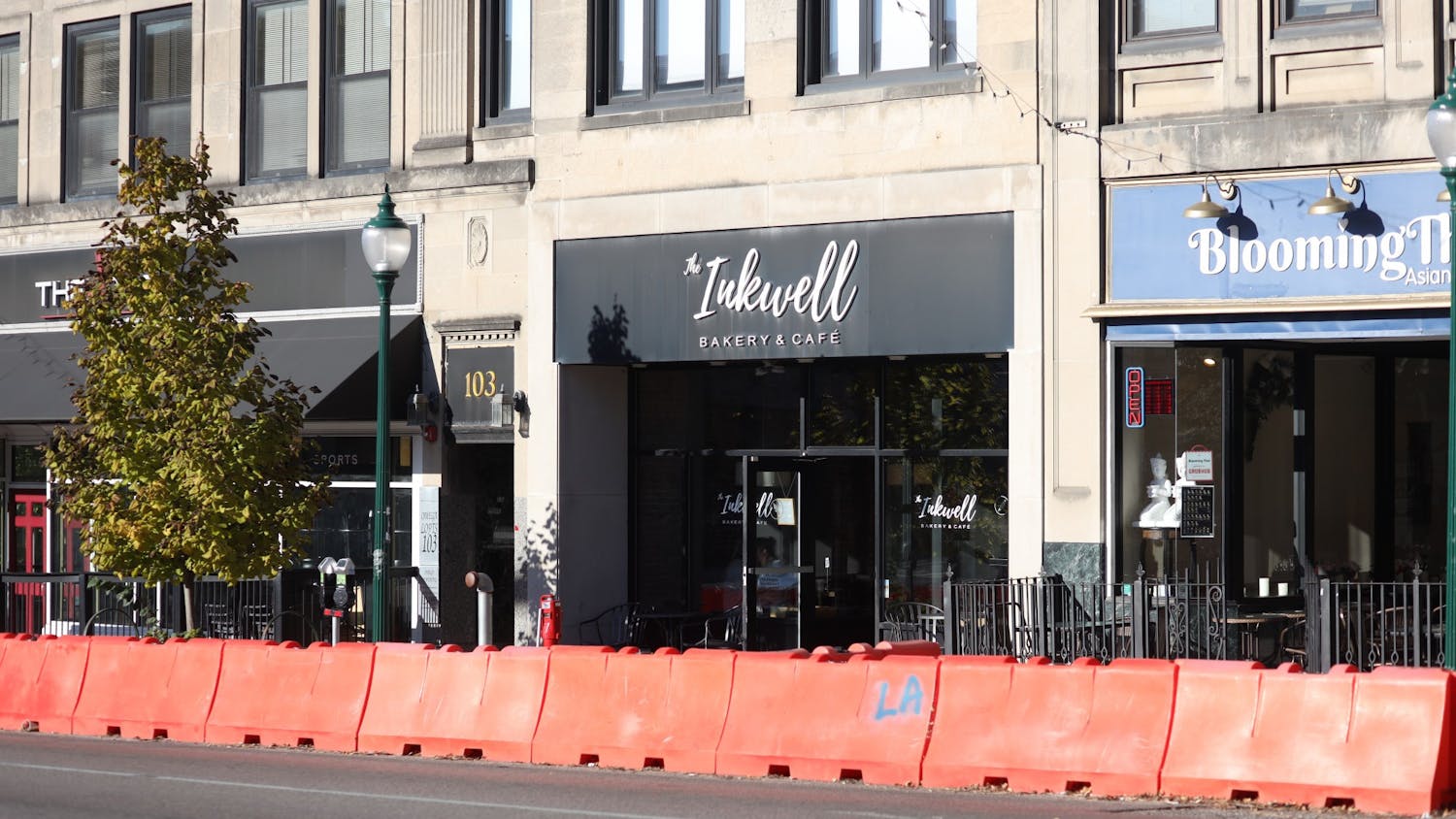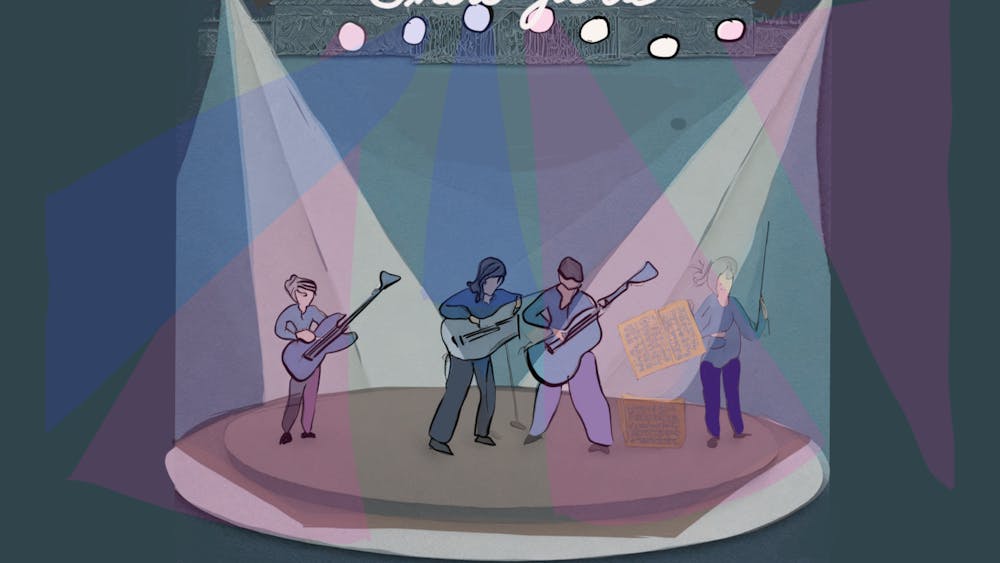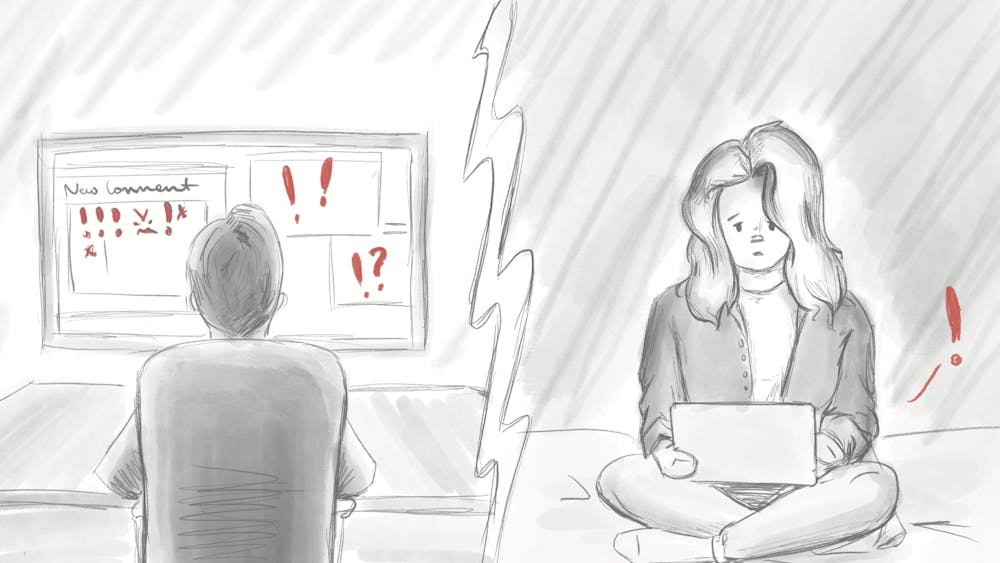“I kept telling James Byam Shaw I wanted to work on what he called ‘The Biblical Drawings,’ and he said ‘Oh my dear, that’s complicated,’ and it was,” Gealt said.
That was back in 2006, when Gealt was working on a second project focusing on artist Giovanni Domenico Tiepolo. Gealt said this was not the last hitch in her plan to exhibit Tiepolo’s work in Udine, Italy.
“I invited them to invite George Knox, who was a great scholar on the father, Giovanni Batista Tiepolo,” Gealt said. “I said to George, ‘You know, we really need to include these large biblical drawings,’ and he said, ‘Oh, my dear, much of the muchness.’ I said, ‘George, trust me, they are gong to be the hit of the show.’”
This dedication to her museum and showcasing the best of the art world are two of the reasons Gealt was this year’s recipient of the Sagamore of the Wabash award from Gov. Mike Pence on Jan. 22.
In the nomination, peers described Gealt as a great steward of artistic pride.
“Heidi has an incredible ability to ignite interest in the arts, in history and in the importance of the arts in education,” the nominator said.
Gealt said she was surprised when she found out she had won such a prestigious award from the state.
“The State of Indiana and the governor’s office recognize just how important IU is but also how important the arts are in an academic environment and how important the IU Art Museum is to the well-being of the whole state,” Gealt said.
Gealt said she believes the effect of her work is even more crucial given the state of unrest across the globe.
“It just breaks my heart to come to work after listening to news of bombings and the strife in Syria and I think of all the ways in which human beings act like separate species and they don’t try to understand each other,” Gealt said.
Visual arts, Gealt said, are a healing force.
“You walk through the history of world art and you see the overwhelmingly marvelous ingenuity that every single culture in the world has brought to bear,” Gealt said. “It’s a way of opening up people’s hearts and minds to each other, which is so important.”
Gealt said her colleagues at the museum through the years are just as responsible for the success of the space as a forum for the visual arts.
“We’re all part of a team,” Gealt said. “We all accomplished this together and that includes our National Advisory Board and also includes our university leadership. We all aspire to the same things and because we work ?together.”
Gealt’s 42-year career at the museum began when she was a graduate student. She acted as assistant to the registrar and, within a few months, she moved up to registrar.
In 1989, after moving slowly up the ranks, Gealt was formally asked to take over as director.
During her run as curator, Gealt said she fell in love with the work of “Master Draftsman” Domenico Tiepolo. Her first major endeavor was a show focusing on his work.
“I did the show to reconstruct his series, and it got invited to the Frick, which is a famous museum in New York, by special invitation,” Gealt said. “I got reviewed in the New York Times by Hilton Kramer, and of course he called me ‘Mr. Gealt,’ which kind of annoyed me.”
Subsequently, Gealt wrote many articles, essays and a few books on Domenico Tiepolo’s work. She also revisited the artist’s pieces for the 2006 show in Udine, which stopped in Bloomington because of Gealt’s prominent role in its conception.
“That show also went to the Frick, was reviewed by the New York Times — that time they got my name right — and was voted one of the Outstanding Shows of the Year,” Gealt said.
Gealt said her plans for the future are uncertain, though two possibilities are taking a brief sabbatical before teaching at the University or helping the museum fundraise for the future.
Gealt said she is also helping plan some special exhibits to honor the museum’s 75th anniversary next year.
“Just before you’re so old you can’t think anymore, you’re really at the top of your game and I’m right there,” Gealt said. “What I’m hoping to do is possibly organize some exhibitions, contribute to other publications, and that’s completely contingent on what the new director will want.”
Gealt said no matter what, her work is nowhere near over yet.
“I finally think I’m a good enough scholar that I can do things,” Gealt said. “I have some expertise I didn’t have when I started. George is now in his 90s and blind, and I intend to keep working until I’m like him, blind and can’t really do it anymore.”






